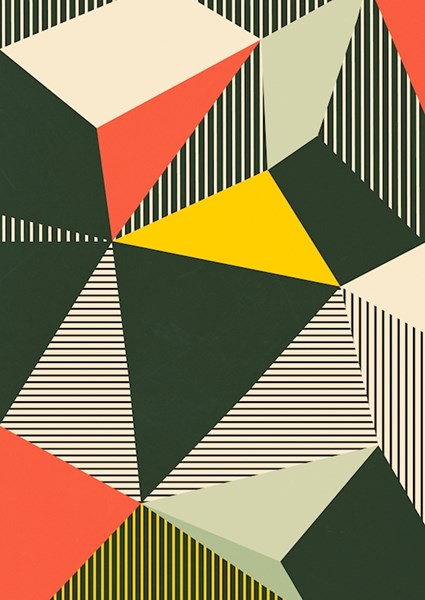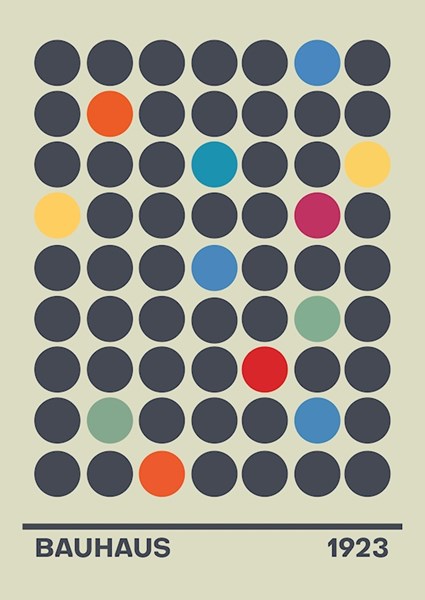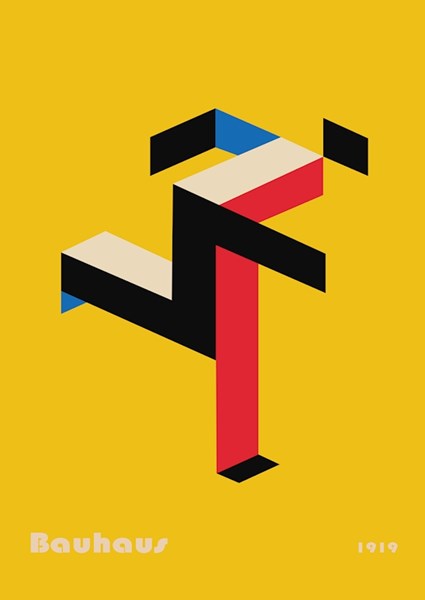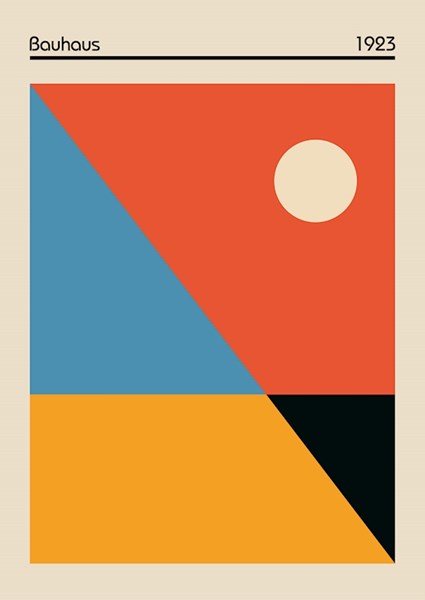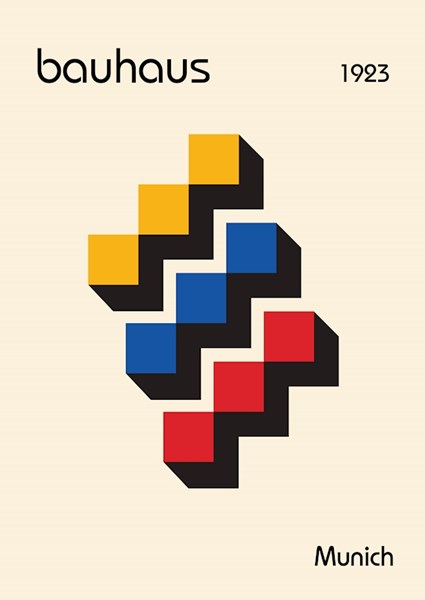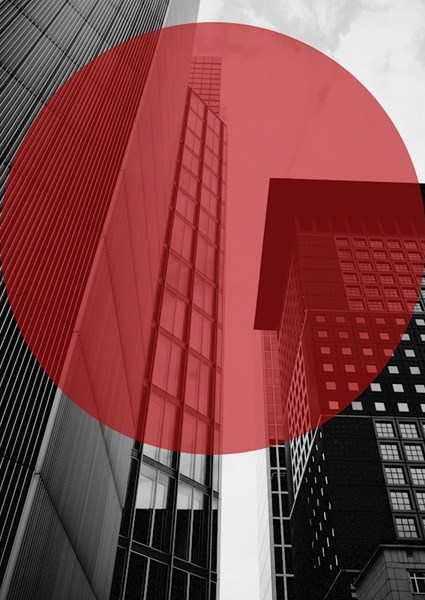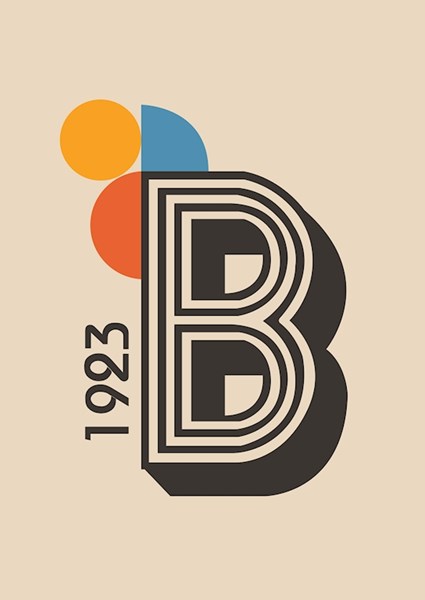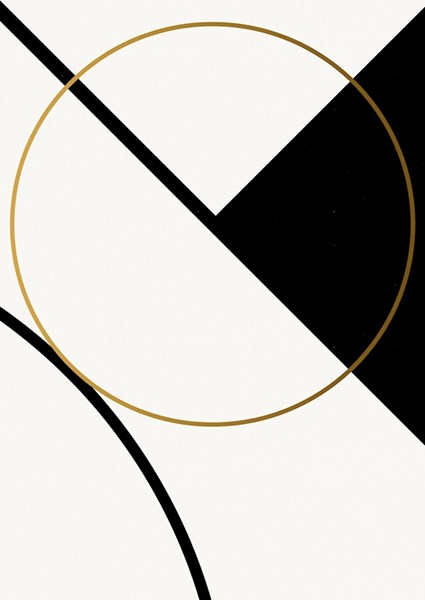What is Bauhaus?
GUIDE
What is Bauhaus?
11 april 2022
Bauhaus was founded in Weimar in 1919 by the architect Walter Gropius as a school for art and architecture. Under the influence of economic interests, the concept of the Bauhaus school evolved into a movement that formed a dynamic relationship between art and industry. The aim was to bring together art and craft or architecture and to design inexpensive, functional products. These models could then be made available to industry. A new way of thinking came about: forms with function – beautiful is what works.
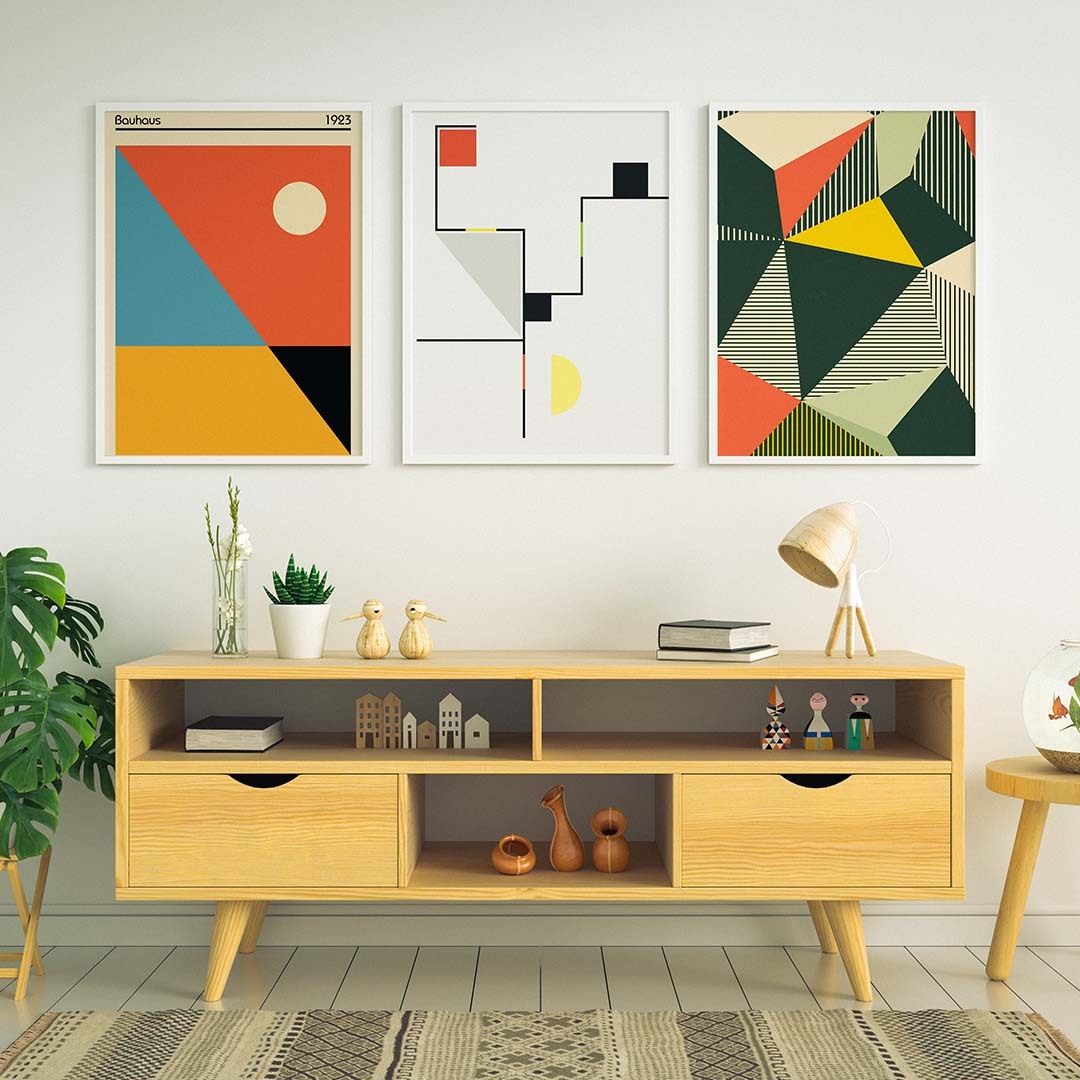
What influence did the Bauhaus style have?
The strategic partnership between art and industry led into the development of architecture and interior design. In the 1920s, Bauhaus took on the problem of the housing shortage, and Walter Gropius designed a concept for mass housing that could effectively create more living space. “Bauhaus architecture” was born. Most of the building complexes of the Bauhaus in Dessau, Berlin and Karlsruhe still exist today. In addition to architecture, Bauhaus influenced other branches of industry. Examples of this are the Bauhaus wallpaper and pieces of furniture made from tubular steel, such as the Wassily armchair, which was designed in 1925 by the Bauhaus artist Marcel Breuer. However, many products only became affordable for the general public later due to Bauhaus imitations.
SALE
SALE
SALE
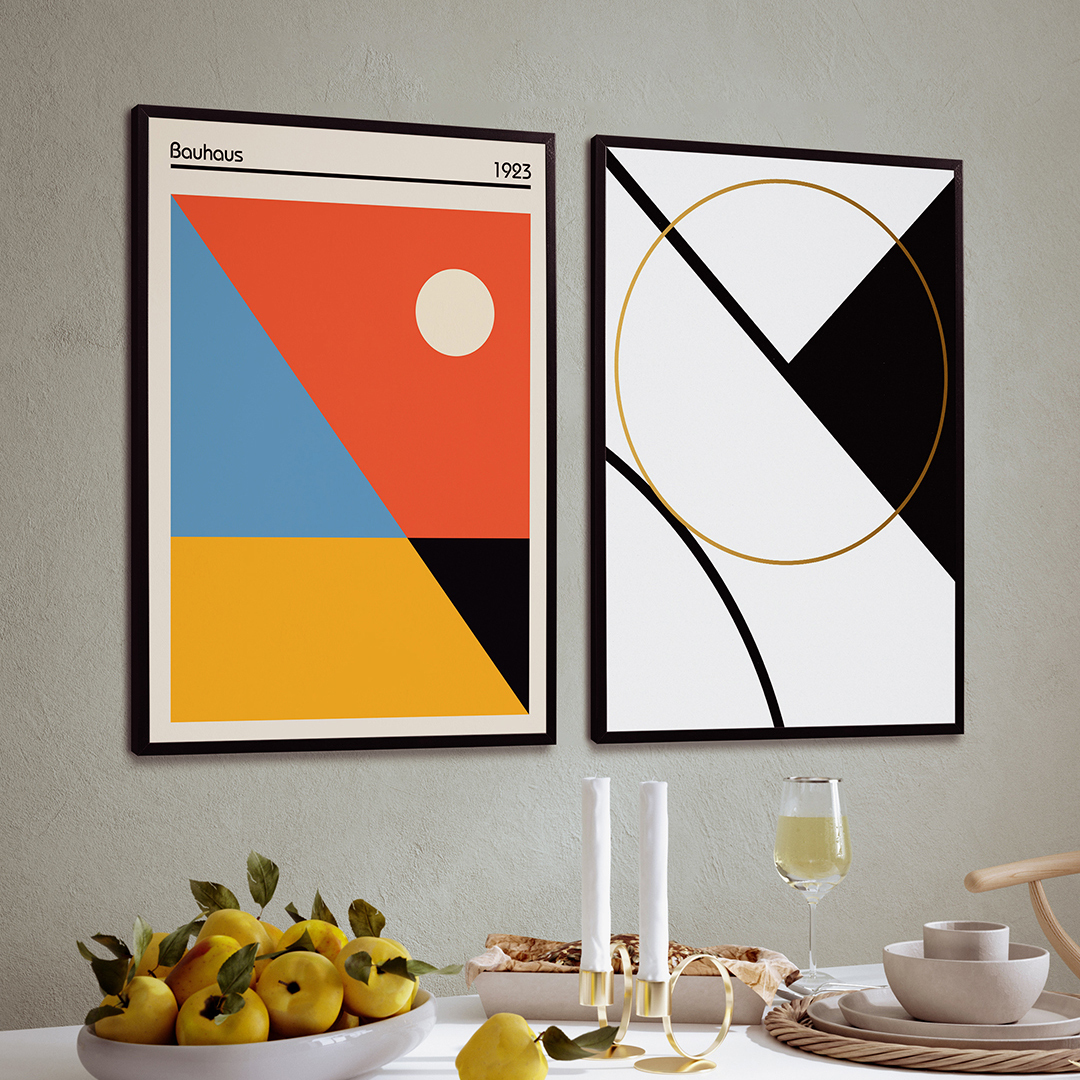
Bauhaus in historical overview
1919 Foundation in Weimar by architect Walter Gropius
1922 Artists such as Wassily Kandinsky, Paul Klee and Oskar Schlemmer join the chair
1925 Move to Dessau due to political changes, expansion of the architecture department
1930 Management is taken over by architect Ludwig Mies van der Rohe
1933 The school was closed by the National Socialists
Bauhaus brought together many artists from a wide variety of art movements who were pursuing a common goal. But even 100 years after its founding, the Bauhaus design still stands for unmistakable, simple coolness. It is the timeless, iconic design that makes many hearts beat faster. This is how the Bauhaus style became one of the most influential art styles in Germany. You can follow the traces of Bauhaus throughout Germany. And you can find the nostalgic design everywhere, even on the wall - as a poster.
“The ultimate goal of all artistic activity is construction.” Walter Gropius
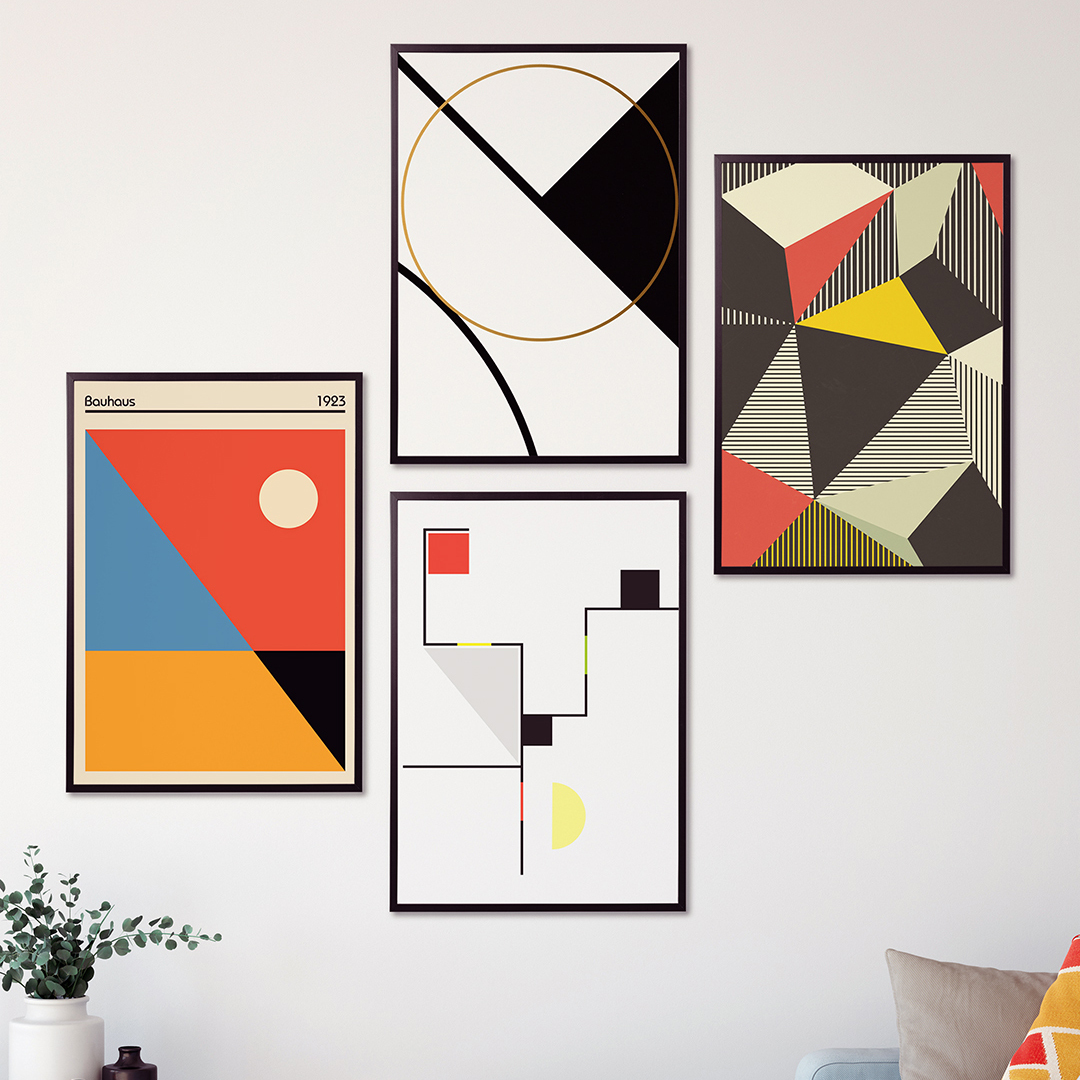
Bauhaus art for the walls
Painting was one of the crafts represented and an important part of the Bauhaus school. Drawings and paintings should serve as templates for industrial handicrafts. Bauhaus art is also characterized by geometric shapes, minimalism and functional aesthetics. Beauty for the sake of beauty is considered mendacious. Typical Bauhaus colours are yellow, red and blue (alongside black and white) - Simple colours and straight lines that emphasize the clarity of form.
These Bauhaus elements make the iconic design particularly popular in minimalist, modern interiors. Large, white areas and lots of space are particularly suitable for design with Bauhaus design, because graphic design requires spatial distance. The elementary colours yellow, red and blue can set charming accents with white areas, which subtly loosen up the room without appearing too much. Bauhaus posters can also bring great contrasts to walls with a single, strong colour.
All this does not mean that Bauhaus is only intended for the modern, highly minimalist apartment - on the contrary: minimalist elements can be found in every apartment. Because don't forget: Bauhaus art is functional and offers a lot of flexibility as a wall decoration.
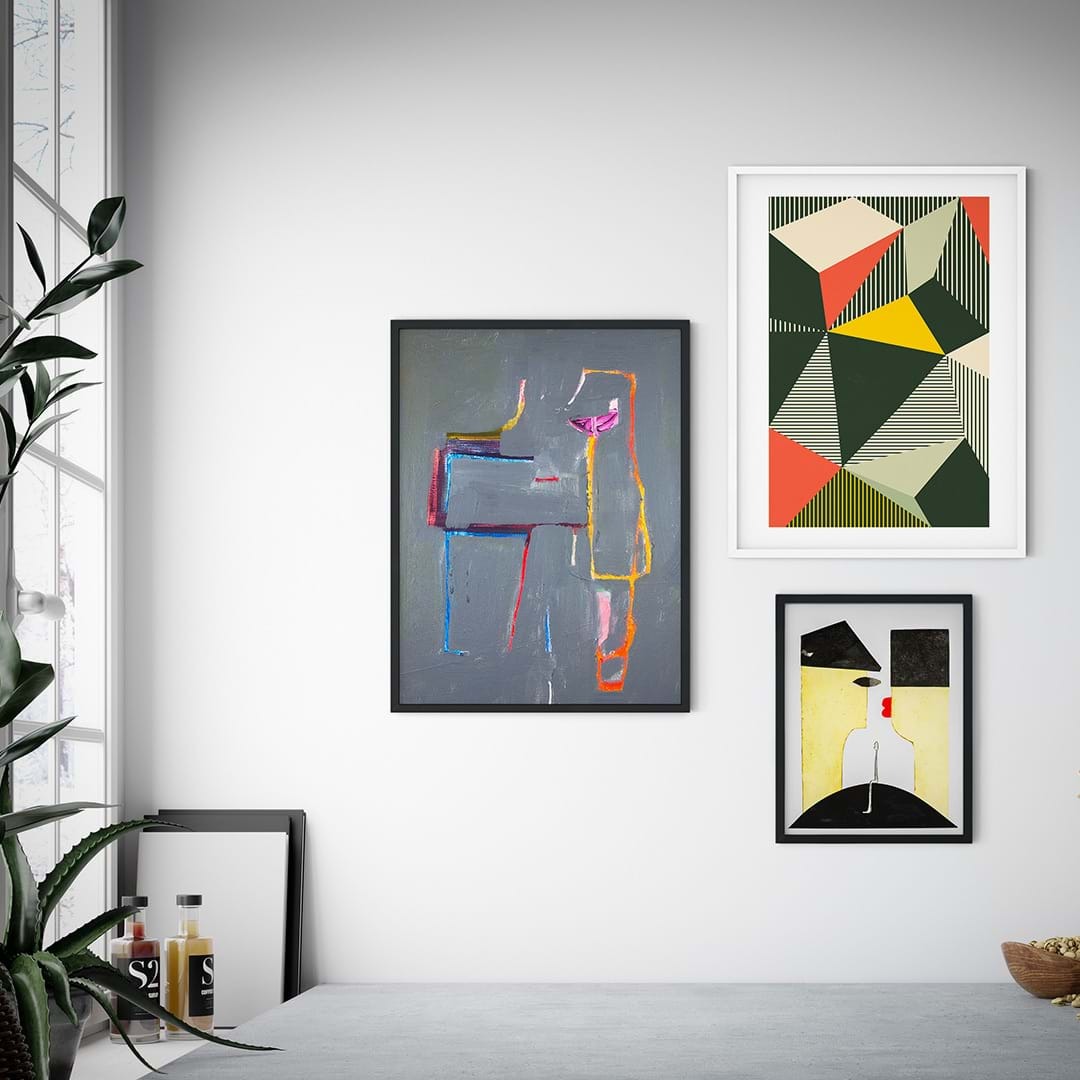
Graphic wall art in Bauhaus design
For many modern artists, the Bauhaus style remains an art form that fascinates and is constantly being given new life. Printler artists such as William Lars Gustafsson, Pascal Deckarm and Viktor Håkansson have perfected their graphic craftsmanship based on Bauhaus, so that their works of art make it into the bestseller gallery again and again.
Bauhaus art in the form of art prints
The magic of Bauhaus lives on. Yes, her widespread Bauhaus fascination has even led to her being given a separate category in our online gallery. Here you will find a large selection of Bauhaus art prints with stylistic shapes and colours that allow you to indulge in nostalgia and breathe new life into the iconic design.
What makes the Bauhaus style so special William Lars Gustafsson on Bauhaus:
What is Bauhaus for you? What makes this art so special?
“I'm a perfectionist who loves colour and simplicity, as well as inspiration from architecture: that's what defines the Bauhaus style for me. Architecture and forms have always interested me. I particularly like this art as it allows a lot of freedom and creativity to create a design that will fit most spaces - especially on white walls. Bauhaus suits everyone who appreciates good design and function.
I also find the history of Bauhaus very interesting. Although the handicraft school founded in Weimar was closed by the Nazis in 1933, Bauhaus art was able to survive and has had a strong influence on architecture and design to this day.”
What defines a “modern Bauhaus artist”?
My inspiration comes mainly from documentaries, pictures and films. I study earlier Bauhaus artworks of all kinds in order to be able to reinterpret them. Especially in the early morning hours I feel most creative and create my works in Adobe Illustrator and Photoshop.
I love recreating Bauhaus in wall art - Sometimes, to let my creative streak run free, I just draw different shapes of buildings with pencil on paper or give my ideas a shape in different 3D programs.
